Photography by Emotive Image / Alex Wong
Okay, so let’s get one thing straight… given the right circumstances with an accurate understanding of why things are happening during a race, present-day Formula 1 races are quite exciting.
I know Formula 1 has been ridiculed for boring racing recently, but it’s actually had that same derision throughout its existence.
People usually refer to older races as the Golden Era or something, where drivers were gladiators. But the truth is:
• Those same people are watching trimmed highlights edited and filled with action.
• The racing has always been just as premeditated and heavily influenced by strategy as it is today.
If you’re looking for hair-raising, position-changing madness, go watch some form of amateur racing at your local racetrack.
But if you’re looking for calculated, intelligent motorsport at the highest level, then look no further than F1.





It is the ultimate example of Newton’s Third Law of Motion: For every action, there is an equal and opposite reaction.
Championships aren’t blindly competed lap-by-lap at this level. They’re driven according to a race strategy that has been planned to the inch, based on what is happening around the driver.
Add to this an entire team of strategists and analysts on-site and back at the race team’s factory, who work out the details of every other car’s strategy around their driver as the race progresses—now you’re getting closer to the type of excitement Formula 1 produces.
It’s not brute force, but sharp, clever on-the-go thinking which produces success—or a lack thereof which generates failure—in F1 competition.






Now, I’m not the be-all-end-all source for F1 information, but I am an overly enthusiastic fan who has watched faithfully, for as long as I can remember.
After watching F1’s 2019 season opener at Albert Park in Melbourne, Australia, I compiled a list of my pros and cons. I think these will help give you factors to look at heading into Bahrain as the next stop in the series. Oh, and there is breathtaking photography by Emotive Image for everyone to look at. I hope you enjoy!
Pros: The Competitive Midfield Pack


In Melbourne, there were six midfield cars within seven seconds of one another on lap 48 of 58. Now, that’s exciting. Almost a full race distance completed, and still room for fighting in the closing laps.
While every team on the grid has the same prerogative, the clubs in the middle of the pack are after the prize for different reasons.
These teams are hungry. Some want championship points to progress further. Others need points to stay afloat.
If Mercedes misses some points at the front, they might end up having to battle more closely for the championship, but they’ll still remain a successful team the following year.
If some of these other teams miss out on potential championship points this year, they might lose sponsorships and not be around the next season. So it’s kill or be killed when the time strikes.
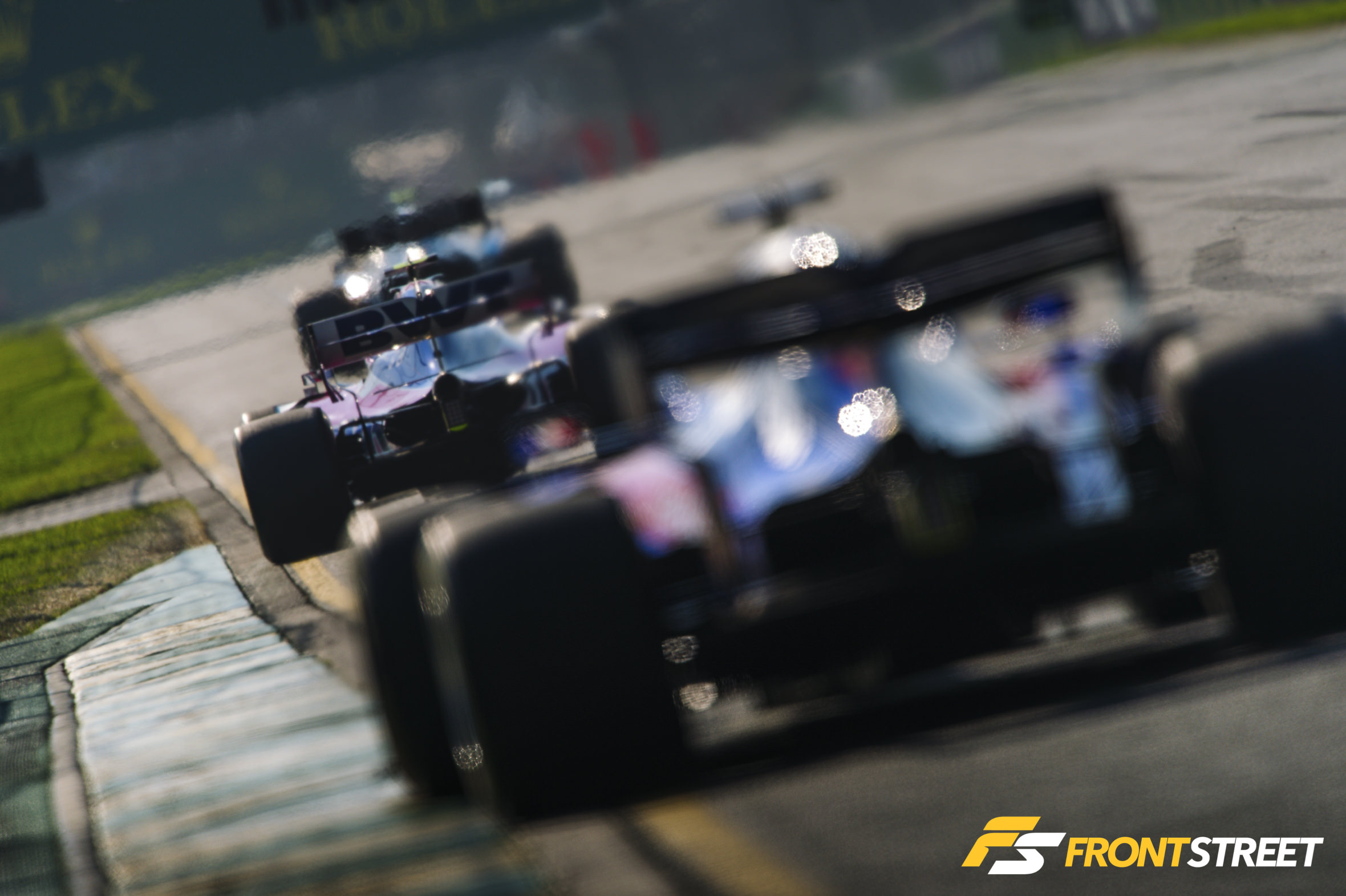

It all started with Daniil Kvyat feeling froggy in his Toro Rosso in P11 and lunging down the inside of Lance Stroll’s pink-hued Racing Point car. With flashbacks of Kvyat’s nickname The Torpedo running through everyone’s mind, Stroll avoided collision with Kvyat, then watched him lock up his brakes and enter the gravel trap—though Kvyat didn’t get beached.
That little hiccup created a small gap between tenth and eleventh place. Not much, but enough to entice the likes of Pierre Gasly—five positions ahead in the Red Bull Racing car—to entertain the idea of pitting for fresh tires.
Unfortunately, the pit stop strategy didn’t work, and Gasly emerged from the pits in eleventh, just behind Kvyat and out of the points paying positions.
Even though the formation remained the same to the end of the race, it didn’t stop some spats from occurring between the Red Bull-sponsored teams in the hunt for the final championship point in P10.
And speaking of Toro Rosso…
Pros: Toro Rosso’s Impressive Pace


Red Bull Racing and its junior team, Toro Rosso, are the only two teams on the grid with Honda power in 2019. Because of this similarity, the former agreed on sharing technology (parts) with the latter.
The main piece of the shared agreement is the rear section of the Red Bull Racing car now affixed to the Toro Rosso. This means both teams now share a common transmission gearbox and rear suspension setup.
Don’t think that the headline sponsor, power provider, and gearbox commonalities for both teams make them any less competitive with one another, though. Toro Rosso is its own team, based in Italy, while RBR is primarily English and based in Milton Keynes, UK.
They both fight for the same championship points.

Becoming a customer for the RBR team’s new gearbox and suspension has allowed Toro Rosso to free up resources and concentrate on other aspects of vehicle design.
Pieces like the brake ducts and front suspension, integration of the fuel and cooling systems, and the overall packaging of the chassis have been improved because of the simplified process of bolting in purchased parts at the rear.
The results of this new acquisition were evident in Melbourne. RBR’s Pierre Gasly struggled to pass Daniil Kvyat in the Toro Rosso, even though Gasly had newer rubber.
While it might have been less the result of outright vehicle performance, and a little bit more bad luck from Gasly at a track that doesn’t allow much passing, it still showed a lot of promise for the B-team.
Pros: Fastest Lap Excitement
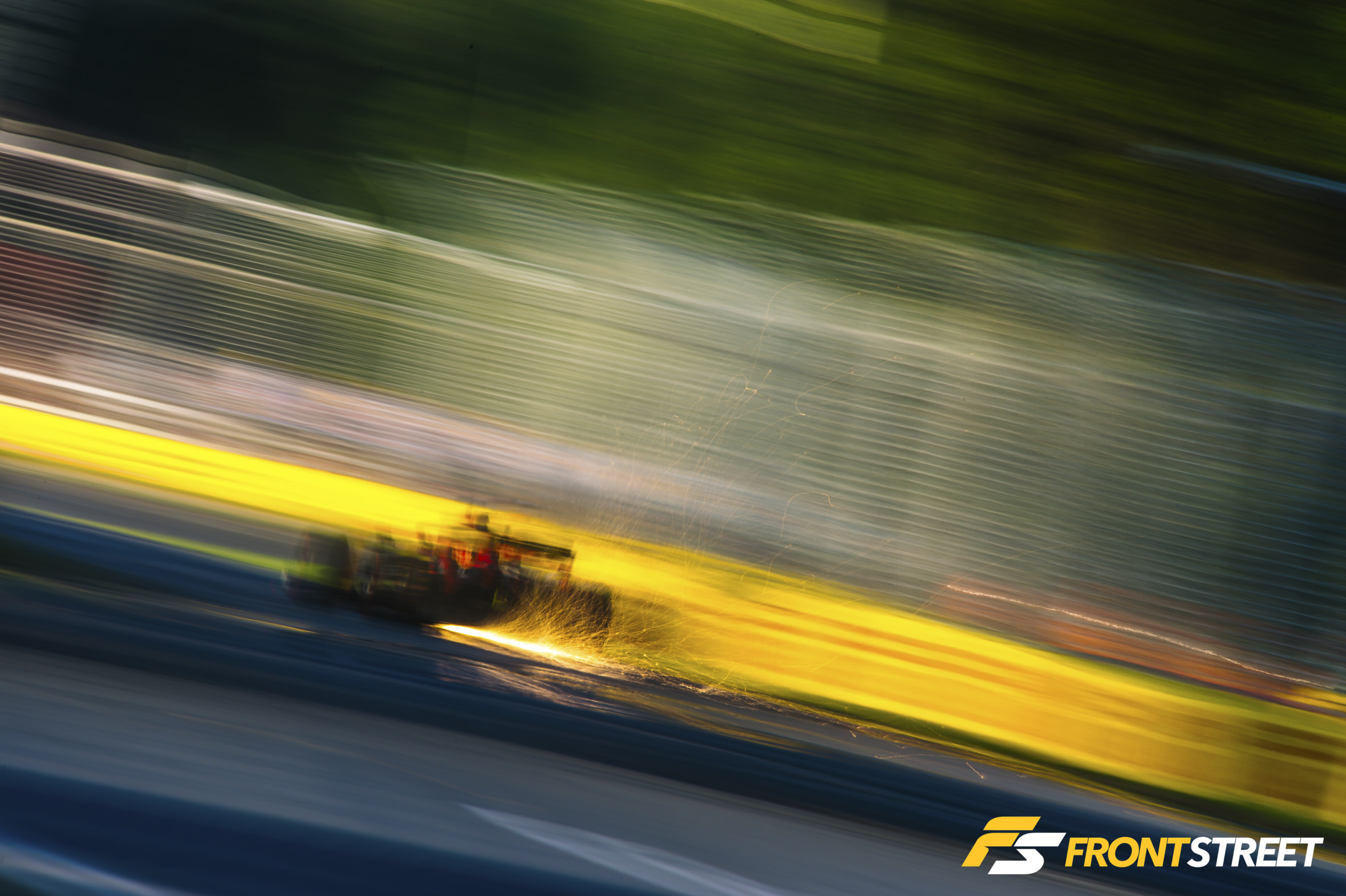

A single championship point will now be awarded for the driver who sets the fastest lap at each race. This new development in the rulebook for 2019 created a smidge of excitement that might have otherwise been lacking towards the end of the race.
When a race win is worth 25 championship points, how important is a single championship point? Well, there are 21 races in the season—quick maths.
That’s almost an extra second place finish (18 pts) up for grabs when it’s all said and done. 21 points is a massive bonus for a drivers’ championship that was teetering between two finalists throughout almost all of last season.

In Melbourne this year, it produced an added hint of drama at the end of the race as drivers potentially risked their whole progress in the quest of a single point.
With only a handful of laps left in the race, some drivers elected to conserve their tires and stay in their current position, expending only one final push for fastest lap during the last lap of the race.
Each of the teams were trying to settle their drivers down, as one radio transmission after another filtered through the broadcast with drivers itching for approval to go for that additional point.
It was a remarkable display of driving bravado.

Meanwhile, even the race’s leader Valtteri Bottas—with a 25-second lead(!) over his teammate Lewis Hamilton—had a radio transmission to his race engineer asking to come into the pits for a fresh set of tires, just to set the fastest lap and claim 26 total points for the day.
The request was denied, and Bottas replied saying he would just stay on his current tires and still set the fastest lap—which is exactly what he did.
Those closing laps proved that at this level, the drivers are so intensely driven by competition that they are willing to risk everything for an incremental difference.
Think of the outlying factors surrounding setting a quali lap—an in-race lap similar to qualifying pace—but at the end of a race. The drivers are mentally and physically exhausted, they’ve been laser-focused for almost two hours, their reflexes are lacking, the car is battered, the tires are blistered and worn, and the pre-calculated fuel load is diminishing fast.
It’s basically the worst time for the drivers to push themselves and their machines hard, and with the most severe of consequences awaiting them on the side of failure.
For me, the consequences outweigh the single point. But that doesn’t stop them, and I’m thankful for it, because the chatter and nearly constant popup graphic showing the new fastest lap had been set, then reset, then reset again made the end of the race come alive.
But the fastest lap rule change wasn’t all puffy clouds and rainbows…
Cons: The Rich Get Richer


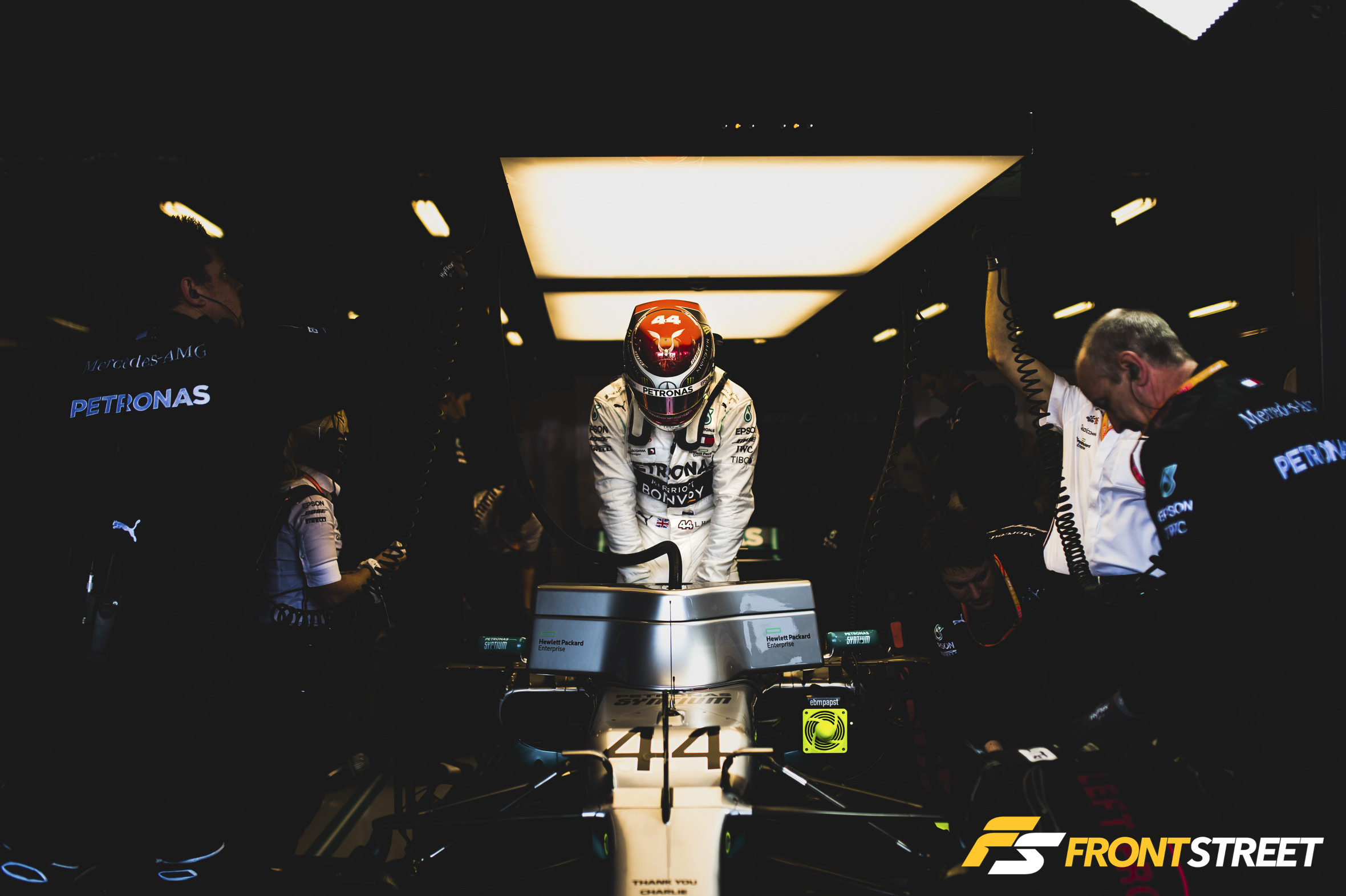
In the past, a myriad of teams would set the fastest lap at the end of a race simply for competition’s sake, I think.
Because fastest lap was only worth bragging rights in the championship—or sometimes a monetary bonus for a driver from the team—there was never any real battle for it. That is, until now…
In theory, the additional point makes sense. It was either created to intensify the points race at the top, or in the hopes that lower level teams could gain some kind of positivity from a weekend. However, in reality it’s a completely different animal altogether.
20 out of 21 of the fastest laps recorded last year were done so by someone in the top three teams.
These teams already have such a gaping margin over the rest of the field that there’s an unofficial category for lower teams created by fans of the sport.
The Best Of The Rest is a small recognition for a job well done by teams outside the top three.

In 2018, none other than Valtteri Bottas himself set the most fastest laps of the season.
This truly is an example of the rich getting richer. That’s just what these drivers of massively lucrative teams with podium finishes oozing from their every pore need…more points.
While it creates a nice buzz at the end of the race, I’m afraid the only thing it will impact is the scale of dominance wrought by certain drivers.
Although, if this newly competitive Bottas holds it together for more race distances and ticks off each fastest lap, this could be a very challenging season for the other top drivers.
Cons: Utter Dominance By Mercedes



As fans, we were all semi-prepared for this. It was inevitable given Mercedes’ success at the end of last season. However, in 2019 I’m not sure fans were ready for just how much faster they were than Ferrari—or any other team.
Lewis qualified a whopping 0.7-seconds ahead of the nearest Ferrari driven by Sebastian Vettel in third place.
Seven-tenths of a second doesn’t seem like a lot. Once it’s spread out over 58 laps—if that advantage is even remotely similar over a race distance—it equals somewhere around 40.6 seconds overall!
Obviously, the cars aren’t running at quali pace for the entire race, as that would be absurd. However, it is a little interesting that Vettel finished 36.2s after Hamilton crossed the line.


Melbourne was a bit of a test for the entire field. Each team knows how much it has progressed in the offseason, but the teams don’t know how much the others have progressed—so they are entering the first race without a competitive benchmark.
Now that the first race is out of the way, and overall pace has been noted by all, I’m sure within the upcoming races there will be much closer racing throughout the field of teams.
Every team has real data to work with, and will be hurling resources at developing its car for the rest of the season.
Cons: Ferrari Team Orders

If you read my synopsis of preseason testing, then you’re aware of Charles Leclerc’s promotion to Scuderia Ferrari.
With this promotion came a feisty, promising young driver in a very competitive car. It had the makings of a real curveball for the frontrunners of the sport. I even wrote about how Charles was quoted saying he wouldn’t yield to his teammate Sebastian Vettel.
This was one of the most exciting parts of the new team assignment. Charles would push Sebastian to become an even faster driver, or potentially overtake him altogether.
However, all that glitters is not gold.




Lap 29 in Melbourne, Leclerc pits for fresh tires and drops back to fifth position behind his Ferrari teammate. By lap 46, Leclerc has cut the gap to Vettel down from 12 seconds to just 4.4 seconds. He’s reeling in the four-time-championed veteran.
On lap 50, Leclerc is now within a second of Vettel, and pushing tires that are 14 laps newer. This could get interesting…
But by lap 53, Leclerc has dropped back to a steady 1.8 seconds behind Vettel—the average distance that will leave the trailing car in clean air.
While no official radio transmission was sent over the broadcast, it’s pretty evident that Leclerc was told to hold his position and not race his teammate.
It would appear Ferrari have already halted the youngster. I just hope his true potential is able to be unlocked at some point this season.
Cons: Danny Ric’s Lackluster Weekend


Within seconds of the Melbourne race starting, Ricciardo was essentially already out of it. He got a good jump off the line, and was pushing close to the back of Sergio Perez in the pink Racing Point car. In an effort to continue gaining speed, Ricciardo evaded collision and kept his foot down, moving his right-front tire onto the grass off the edge of the track.
That’s when a drainage ditch in the grass violently jolted his car, and ripped his front wing off before he had even cleared pit lane.
He limped the car back to pit lane the following lap, and the team replaced his front wing, but the car had sustained damage to other parts, which forced him to retire on lap 29.

Arguably the most questioned driver change in the sport since Lewis Hamilton left a winning McLaren team for an ailing Mercedes team, Daniel Ricciardo’s first season with the Renault works team didn’t start magnificently—and at his home grand prix, no less.
The Aussie has had it pretty rough in the media since his big announcement last year. It was a constant questioning of performance for the Renault F1 team, and his reasoning for leaving Red Bull Racing.
He’s handled it all with a smile on his face, and has truly become one of the most positive faces of Formula 1. His light attitude has positioned him front and center in the limelight, for better or worse.
Ricciardo now has the added stress of performing in front of the masses that have grown to adore him, and if his start in Australia is any foreshadowing to his career move to Renault, then he’s in for a bumpy road ahead.
Pros: Looking Toward Bahrain…
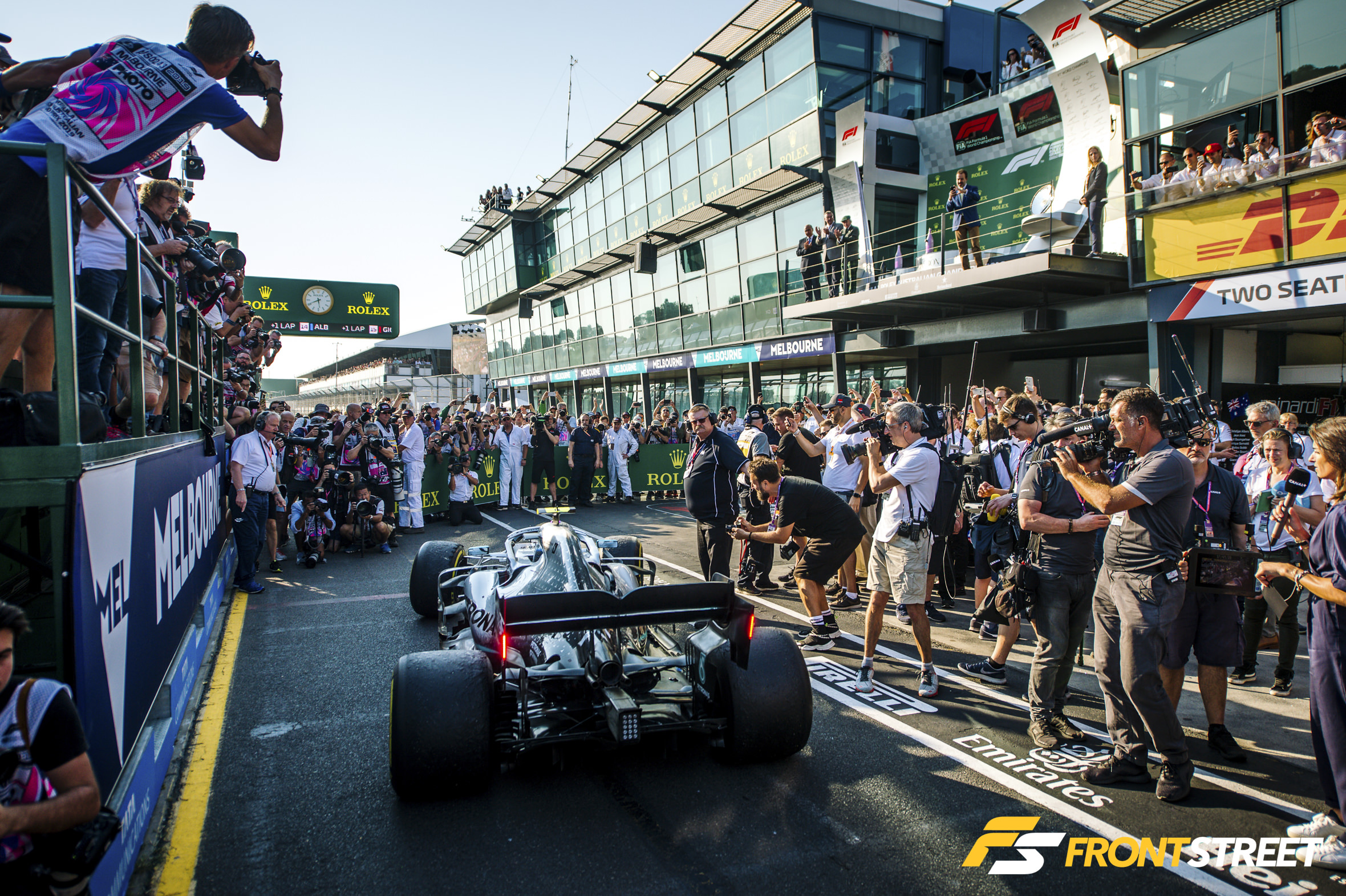



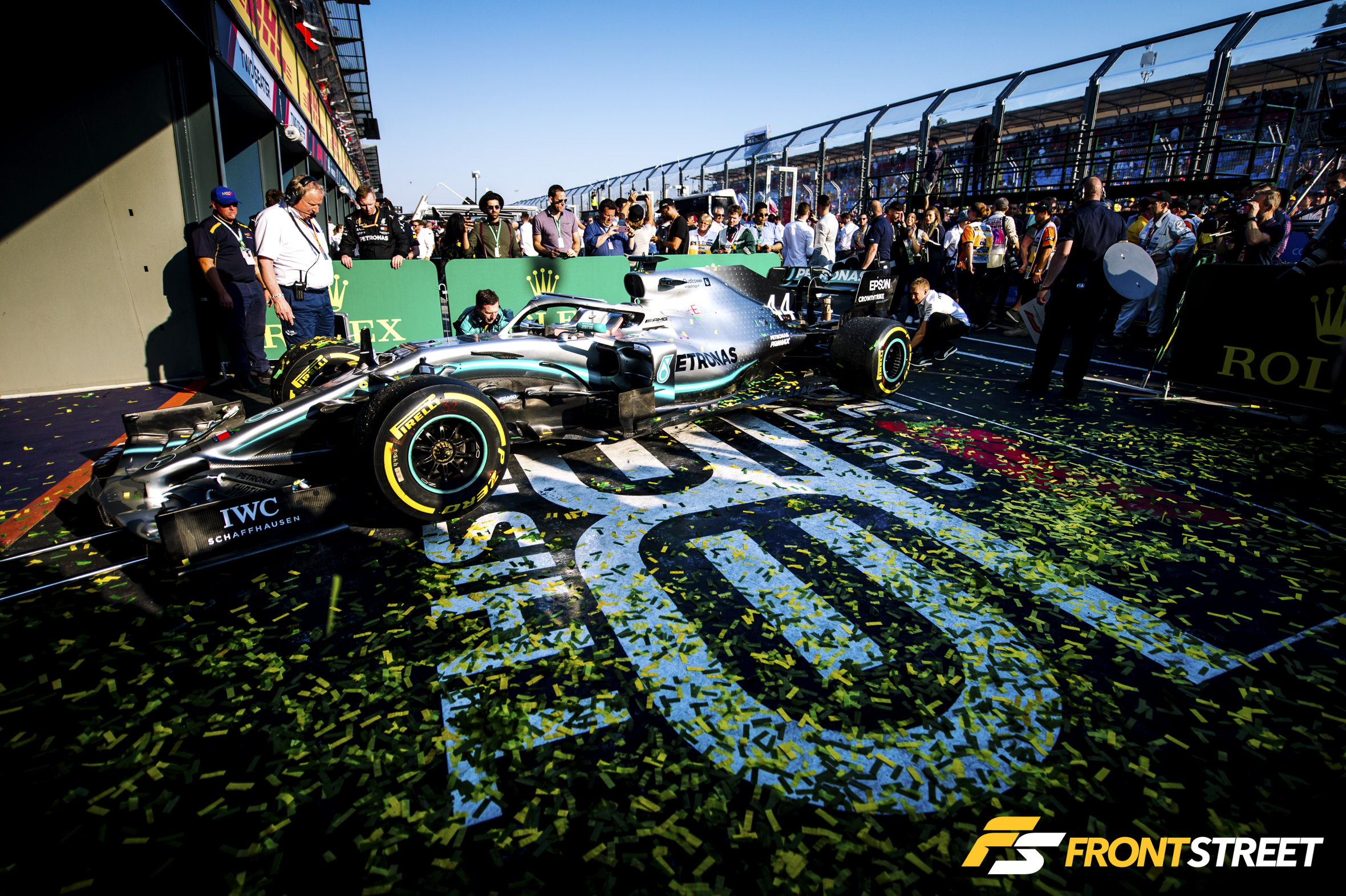

With each of the points above taken into account, there is still plenty to look forward to at the next race in Bahrain.
For one, the Bahrain International Circuit always generates exciting wheel-to-wheel action. In contrast to Melbourne, Bahrain’s wide tarmac and interesting flow of corners lends itself nicely to overtaking.
The circuit even sprays glue down on the sand surrounding the tarmac to keep it from being blown onto the circuit. This essentially creates another grippy racing surface as drivers pushed off track have found out in past years.
It should be a great race, and I know one thing for sure.
I’ll be watching. Will you?














































































